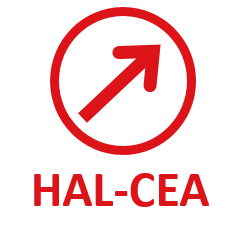Determination of Tritium-Helium-3 differential cross-section in the energy range between 0.6 MeV and 3.3 MeV for tritium depth profiling in solids
Résumé
During the 2017-2019 WEST operation, a set of ITER-like plasma-facing units consisting of tungsten monoblocks was installed on the lower divertor. Despite modest heating power, 27 % of these monoblocks had cracks on their poloidal leading edges, which were not protected by a toroidal bevel. A comprehensive experimental characterization of the 133 cracked monoblocks indicates that damage occurs near the plasma strike point areas where neat cracks separated by 0.15-0.5 mm in the poloidal direction were observed. Cracks are up to 1 mm long and 1 mm deep and did not affect the lower divertor ability to sustain long pulses. The most important parameter affecting crack formation is the relative vertical misalignment between components.
Fichier principal
 diez-2024-experimental characterization of leading edge cracking on bulk W.pdf (8.05 Mo)
Télécharger le fichier
PAYET 1-s2.0-S2352179124000085-main.pdf (2.16 Mo)
Télécharger le fichier
diez-2024-experimental characterization of leading edge cracking on bulk W.pdf (8.05 Mo)
Télécharger le fichier
PAYET 1-s2.0-S2352179124000085-main.pdf (2.16 Mo)
Télécharger le fichier
| Origine | Fichiers produits par l'(les) auteur(s) |
|---|


